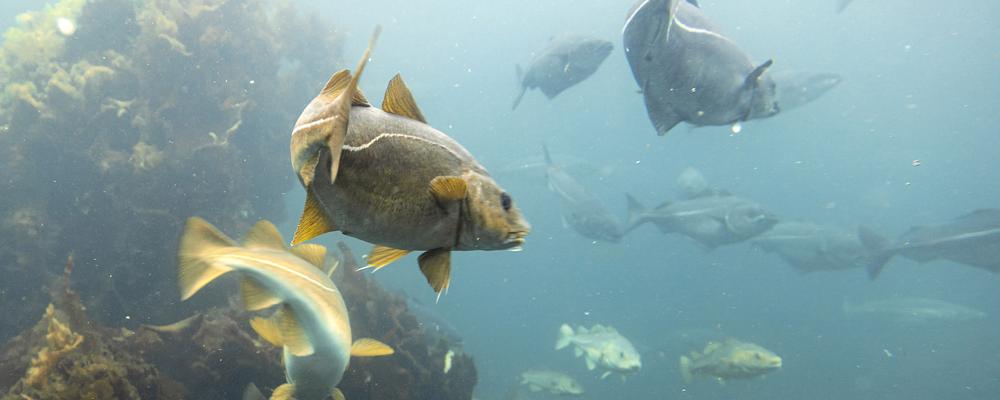Special gene packets passed unchanged from generation to generation have been studied in fruit flies for 50 years. Often these gene packets are in a piece of a chromosome that has broken loose and turned in the opposite direction, which is known as an inversion. Having observed the same phenomenon in cod, a research team now points out that these gene packets are an important factor in the viability of the species.
“We call them supergenes. They contain several different genes that are inherited together. They are hardy and harbour properties that can be used when the cod’s living conditions require it,” said Carl André, professor of marine ecology at the University of Gothenburg.
Importance of understanding the cod’s success
The supergenes help make the cod a highly adaptable fish that has survived climate changes and fishing for a thousand years.
“Our research provides a unique description of how different cod populations inherit these supergenes. It is an important piece of the puzzle in understanding the success of cod as a species and what can stabilise ecosystems. Now we are studying the significance of supergenes in the ability of cod to survive in the Baltic Sea, where the water is brackish.”
The research is in collaboration with the Institute of Marine Research in Norway and the University of Oslo.
The cod as a keystone species
Life on Earth has always gone through periods of changes in ecosystems interspersed with more stable times. Some keystone species with great importance to ecosystems remain stable through these periods and also survive relatively large changes.
“Since the cod is such an ecological keystone species, it is especially interesting to study at a time when humanity is affecting ecosystems at an increasing rate.
Simpler and cheaper DNA analyses
New technologies have made it much cheaper to produce descriptions across the genome of different species. A complete description of the cod’s genome exists, which is useful when identifying different stocks and develop measures to protect local stocks from overfishing.
“Individual fishing quotas have been established for different stocks to preserve them. With simpler and cheaper DNA technologies, we can regulate fishing at the population level also in several other species in the future.
For example, on the quay of Svolver in Lofoten, a DNA lab collects samples of cod that have been caught to determine whether the individuals in the catch are stationary coastal cod or migratory Skrei cod from the Barents Sea.
Link to the article in Proceedings National Academy of Science, PNAS: Stabilizing selection on Atlantic cod supergenes through a millennium of extensive exploitation | PNAS
Contact: Carl André, professor of marine ecology at the University of Gothenburg
Phone: +46 031-786 96 33, +46 0705-21 62 95
E-mail: carl.andre@marine.gu.se
